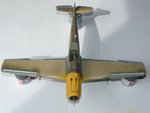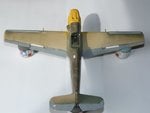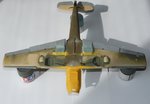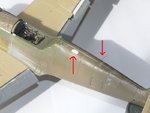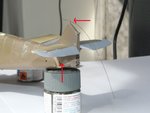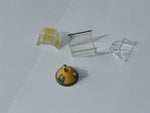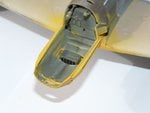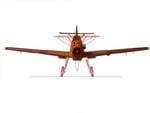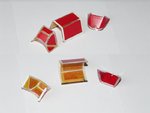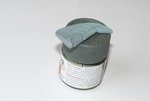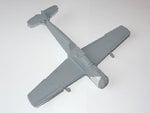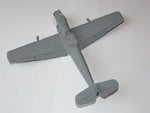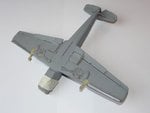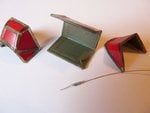Steve, thank you for taking the time to post that information. I know from experience from my previous career in graphics, just how difficult it is to extrapolate colour information from a black and white photo. A lot of interpretation is required. I am inclined to accept your contention of the supply of replacement canopies in RLM 66 and probable use before repainting was possible. As to whether Galland's W/N 5819 used RLM 66, well, I'm going to sit this one out on the fence and accept the consensus of the responses that your thoughtful post will no doubt encourage.
I'll post more photos as soon as I can.
My post was absolutely not meant to imply that the framing on Galland's aircraft was in RLM66. I've modelled this aircraft and I too went with the consensus that it was in the camouflage colour!
I did mean to show that the "hard lines" beloved of some modellers simply don't apply.Farbton 66 was a pre-war colour (it is referred to in recently discovered in pre-war Heinkel documents as an interior colour for example) and was in common use in crew compartments long before the summer of 1941. It's early use in the Bf109E is more contentious, but it did occurr. The afore mentioned Dave Wadman thinks its use maybe linked to which sub-contractor built or upgraded the aircraft (Fiesler,Arado etc)
Keep up the good work,I'm looking forward to the photos.
Cheers
Steve

